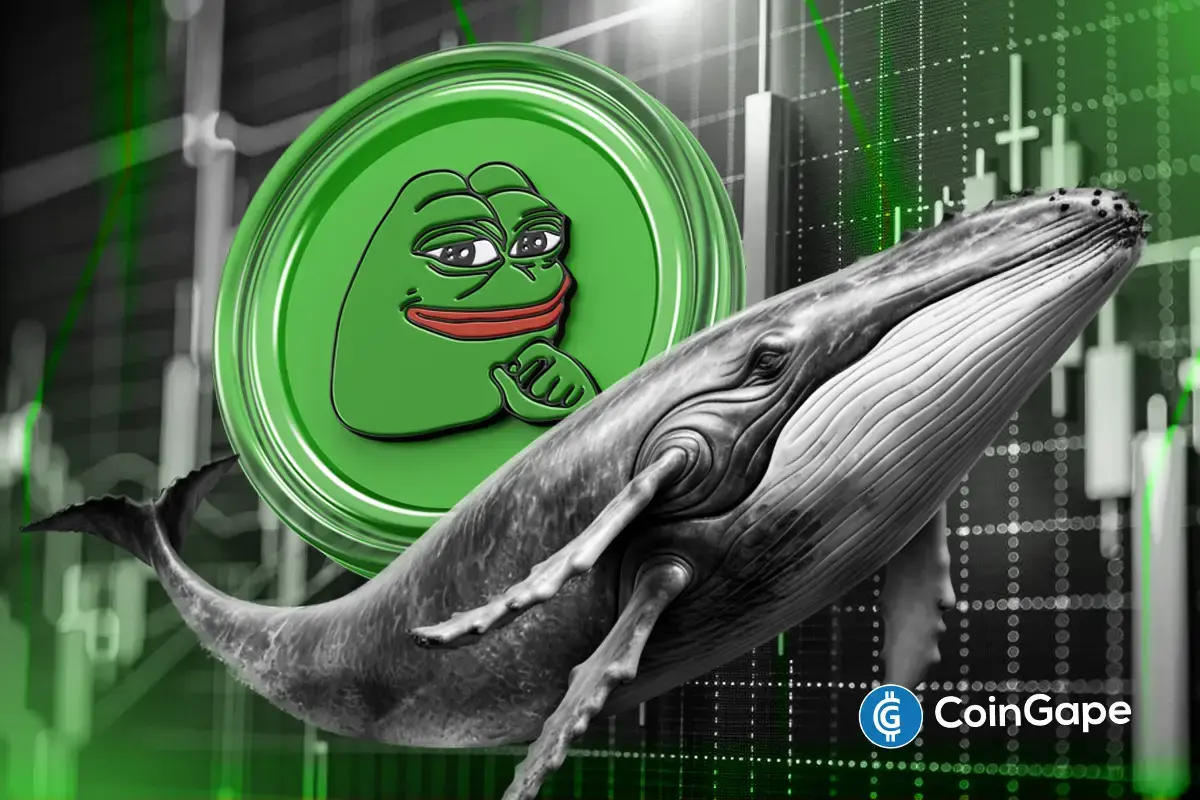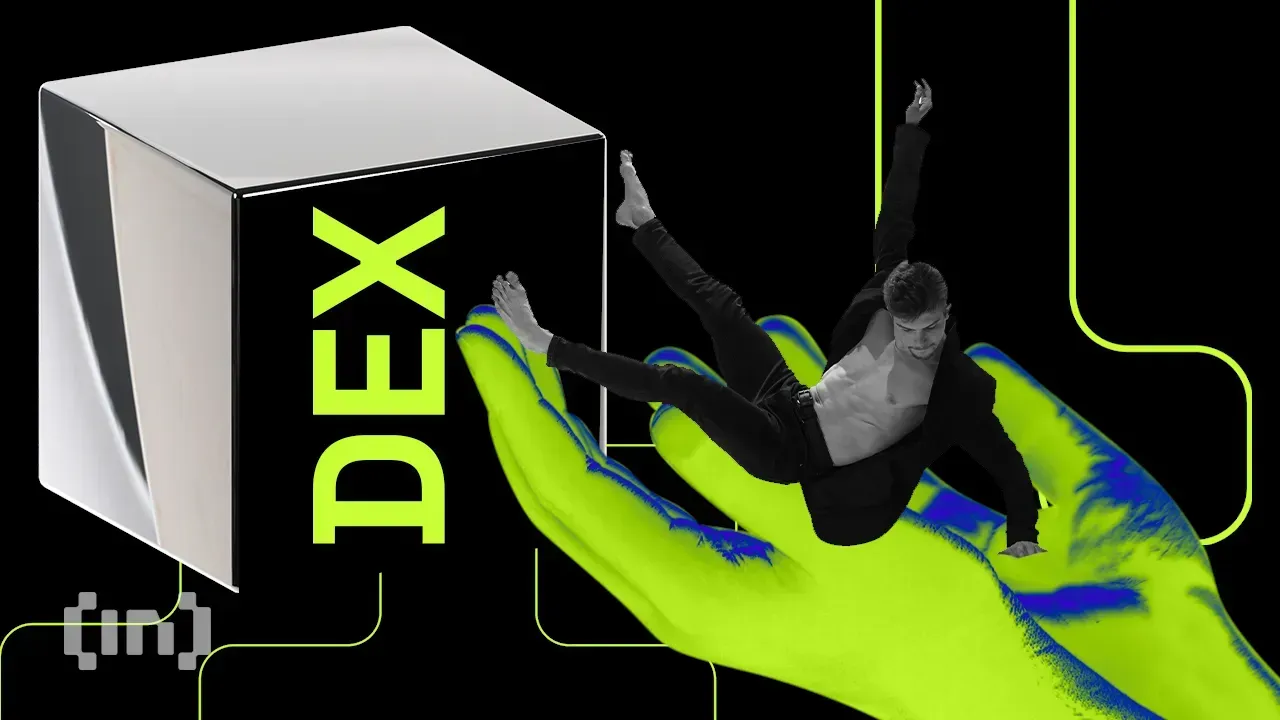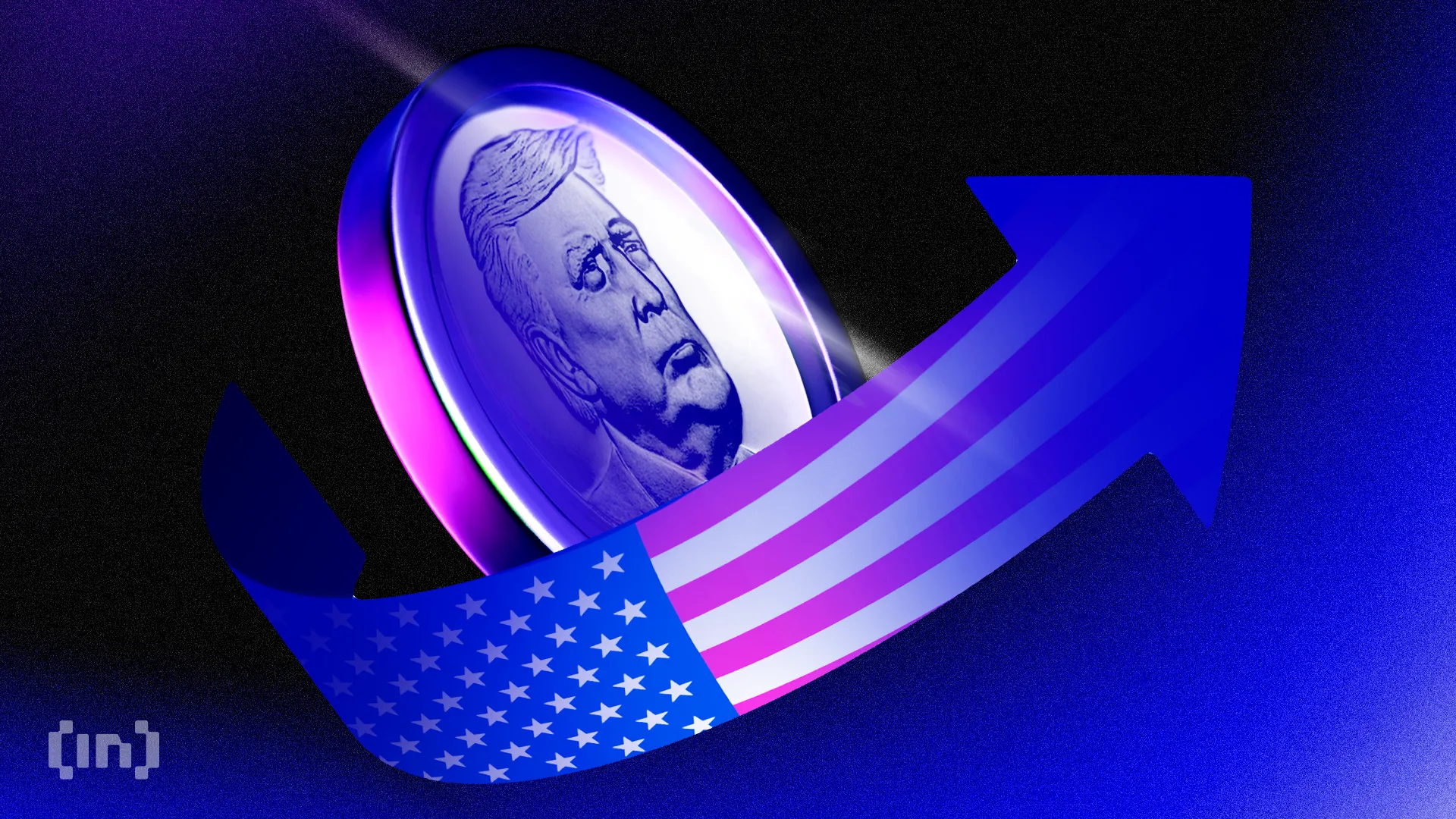Market
How to Stake DYDX Tokens
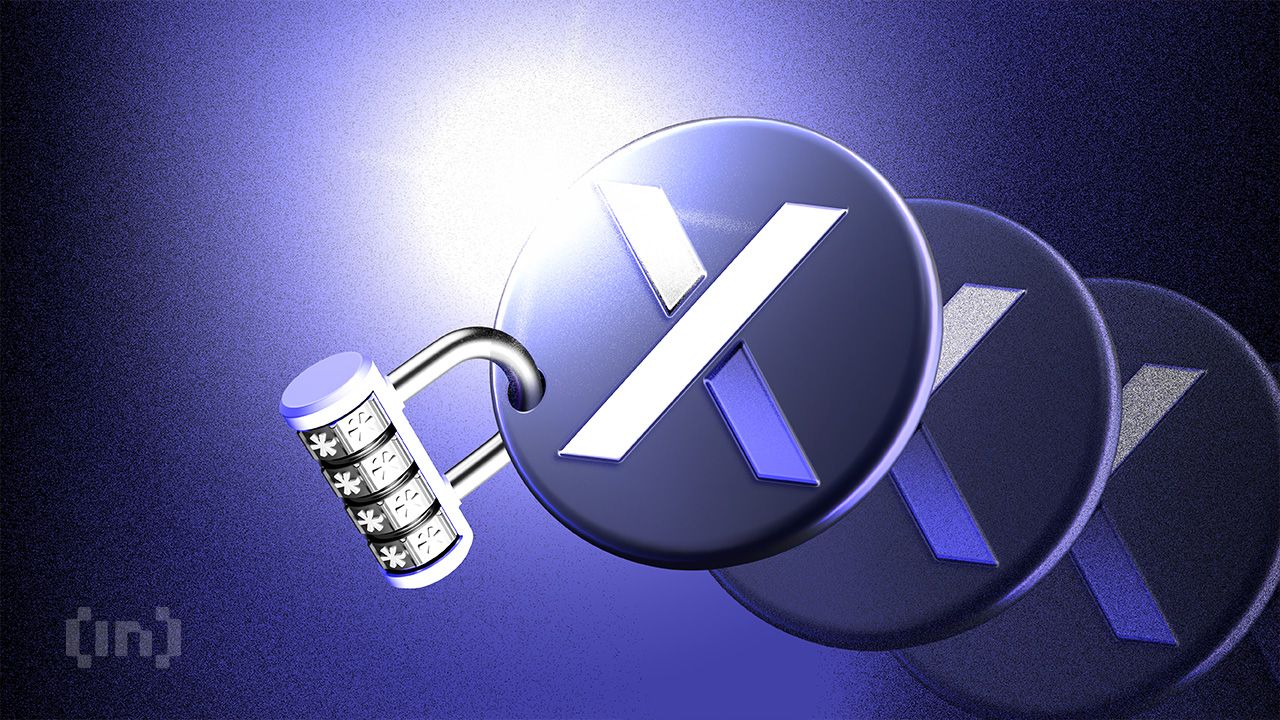
Decentralized finance (DeFi) platforms continuously transform, bringing innovative financial solutions and enhancing security through distributed systems. An essential component of the dYdX Chain’s functionality is its staking mechanism: as with other Proof-of-Stake consensus mechanisms, it secures and stabilizes the chain whilst enabling the community to actively participate in governance and consensus processes.
This article provides a guide to staking DYDX tokens on the dYdX Chain, from understanding the basics of staking to managing and optimizing your positions.
The Importance of Staking on dYdX Chain
Staking in the context of blockchain technology involves holding funds in a cryptocurrency wallet to support the operations of a blockchain network and receive rewards. In many Proof of Stake (PoS) mechanisms, staking contributes to the network’s security and efficiency. Users stake their tokens to gain the right to participate in managing the network, including voting on protocol changes and validating transactions.
dYdX Chain leverages the Cosmos SDK Staking module which supports a PoS blockchain and enables DYDX holders to become Validators and/or delegate the stake of their DYDX to a dYdX Chain Validator.
For the dYdX Chain, staking is not only a measure to secure the network but also a mechanism to reward stakers. Stakers help to decentralize the Validator set improving the decentralization of the network. In return, they earn staking rewards, which are predominantly derived from the trading fees generated by the platform.

dYdX distributes 100% of protocol fees to stakers in USDC instead of the native token. As of today, the protocol has allocated $24.6 million to over 21,000 stakers. According to Mintscan, current APR for staking DYDX sits at 19,45%.
How to Stake DYDX
The process of staking DYDX tokens involves several key steps:
Staking
Staking DYDX tokens on the dYdX Chain is key to secure the network, rewards stakers with USDC staking rewards and enables the community to participate in governance.. This guide will provide you with a clear and concise method to stake your DYDX using the Keplr wallet, which interfaces directly with the dYdX Chain, allowing for both standard and liquid staking options. Staking is also available through Ledger Live, Leap and Anchorage. Over time it’s likely there will be additional staking providers to choose from.
Keplr is a non-custodial blockchain wallet accessible via a web browser extension or mobile app. It’s specially designed for the Cosmos ecosystem and is enabled by Inter-Blockchain Communication (IBC).
Step-by-Step Procedure
1. Bridge Tokens:
First, make sure your DYDX tokens are on the dYdX Chain by following the bridging from Ethereum to dYdX Chain how to guide.
2. Setup Keplr Wallet:
- New Users: Install the Keplr wallet extension, create an account, and navigate to the staking dashboard.
- Existing Users: Import your wallet using a secret phrase and navigate to the staking dashboard.
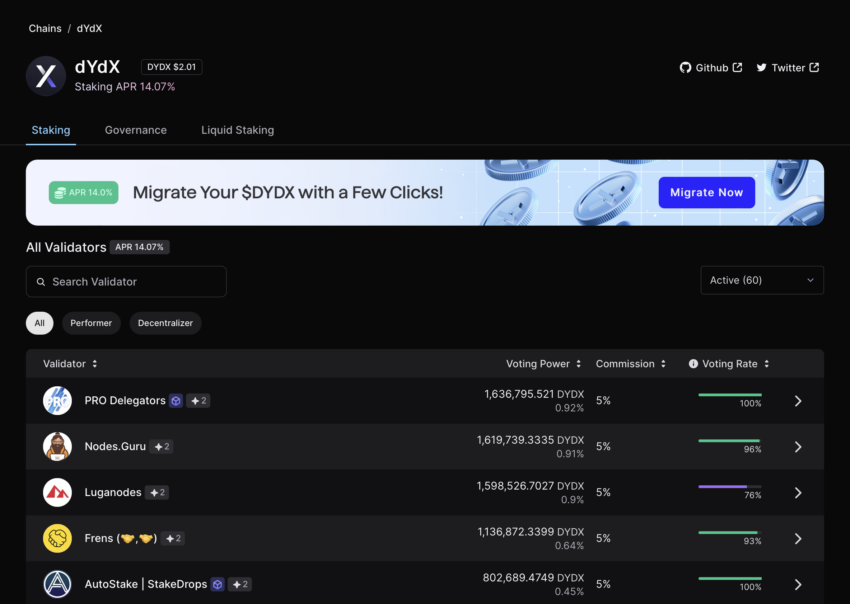
Staking:
- Access the ‘Staking’ section on the Keplr Dashboard.
- Choose a Validator from the list and decide the amount of DYDX to stake.
- Confirm the transaction by paying the required gas fee.
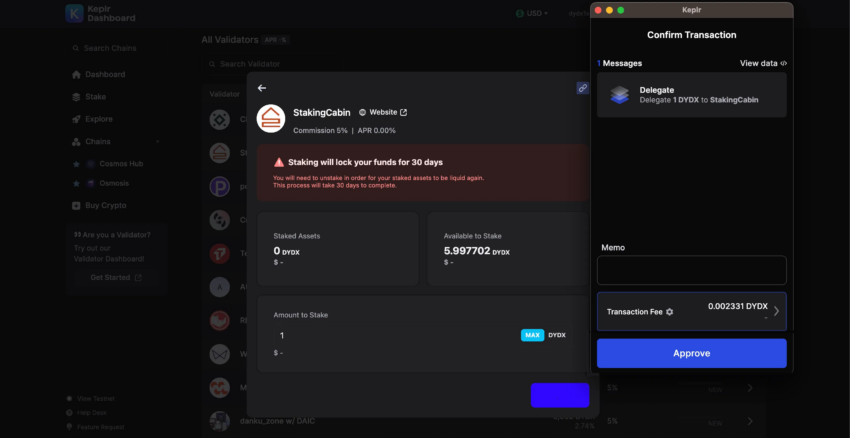
Follow this How-to-Stake guide for further information.
Liquid Staking Option
You can also opt for liquid staking through platforms like Stride, Quicksilver and pStake Finance, which allows you to stake DYDX and receive liquid staking tokens in return.
Staking DYDX is a straightforward process: once your tokens are bridged and your Keplr wallet is set up, you’re ready to jump in. By staking, you not only help secure the network, you receive 100% of protocol fees distributed to dYdX Chain Stakers. Choose your Validator/s wisely to maximize your returns and secure your investment.
Redelegating
Redelegating DYDX tokens allows you to shift your staked tokens from one Validator to another on the dYdX Chain without undergoing an un-bonding period. This guide will walk you through the process of re-delegation using the Keplr wallet, ensuring your tokens remain active and continue earning rewards while switching Validators.
1. Access Validators List:
Log into your Keplr wallet and navigate to the staking section where your current validators are listed.
2. Initiate Redelegation:
- Click the arrow next to the validator where your DYDX tokens are currently staked.
- Select “Redelegate” from the options.
3. Select New Validator:
- Choose a new validator to whom you wish to shift your delegation.
- Enter the amount of DYDX tokens you want to redelegate and confirm by clicking ‘Redelegate’.
- Complete the transaction by paying the necessary gas fees on the dYdX Chain
4. Confirmation
After the transaction, check your dashboard to confirm the update to your staked tokens’ allocation.
Re-delegation is a valuable feature that enhances flexibility in staking strategies without sacrificing reward potential. It’s essential to consider the performance and reliability of new Validators Remember, the slashing risk of your tokens will follow the original Validator’s performance until the end of the u-nbonding period.
Unstaking
Unstaking DYDX tokens is a process to remove your tokens from being actively staked to a Validator on the dYdX Chain. This guide provides an overview of the steps to withdraw your stake using the Keplr wallet, detailing the un-bonding period and the management of the tokens post-unstake.
Step-by-Step Procedure
- Access Keplr Dashboard:
Open your Keplr wallet and navigate to the validators to whom you have staked DYDX tokens. - Begin Unstaking:
- Click on the Validator from whom you wish to remove your stake.
- Enter the number of DYDX tokens you wish to un-stake and confirm by clicking ‘Undelegate’.
- Pay the necessary gas fee on the dYdX Chain to process the transaction.
- Un-bonding Period:
Note that your DYDX tokens will enter a 30-day un-bonding period, during which they are not active but still under the slashing risk from the original validator.
Un-staking DYDX tokens allows you to regain control of your assets, but it requires understanding the risks and timing due to the un-bonding period. Once unstaked, you can choose to restake with a different Validator or manage your tokens as you see fit. This flexibility supports diverse strategies aligned with your investment goals and risk tolerance.
Key Considerations in Staking
Validator Performance
The choice of Validator is crucial since a Validator’s performance and reliability affect the staking rewards. Validators with high uptime and efficiency in transaction processing are likely to generate higher rewards for their stakers.
Slashing Risks
Staking on blockchain networks involves certain risks, including slashing. If a Validator acts maliciously or fails to fulfill their duties, they and their stakers may be penalized by slashing (partial loss) of the staked tokens. Therefore, choosing a reputable and reliable validator is essential.
Lock-Up Periods
Staked DYDX tokens are locked up during the staking period, which means they are not liquid and cannot be traded or transferred. Understanding the terms related to the lock-up period, including any conditions that might affect the ability to withdraw or move staked tokens, is vital for effective staking strategy planning.
Advanced Staking Strategies
Experienced stakers might engage in strategies such as staking derivatives, where they use synthetic assets to represent staked tokens, allowing them to remain liquid. Additionally, dynamic staking strategies might involve shifting stakes between validators based on performance and reward forecasts.
Conclusion
Staking DYDX tokens secures and stabilizes the network, rewards stakers with 100% of protocol fees distributed in USDC and enables the community to participate in governing a fully decentalized market leading protocol. To date over 15%(153M) of the total DYDX token supply is locked up and securing the dYdX Chain. When selecting Validators DYOR, manage risk, and if you decide to engage in advanced staking strategies understand the risks.
Disclaimer
In adherence to the Trust Project guidelines, BeInCrypto is committed to unbiased, transparent reporting. This news article aims to provide accurate, timely information. However, readers are advised to verify facts independently and consult with a professional before making any decisions based on this content. Please note that our Terms and Conditions, Privacy Policy, and Disclaimers have been updated.
Market
10 Altcoins at Risk of Binance Delisting
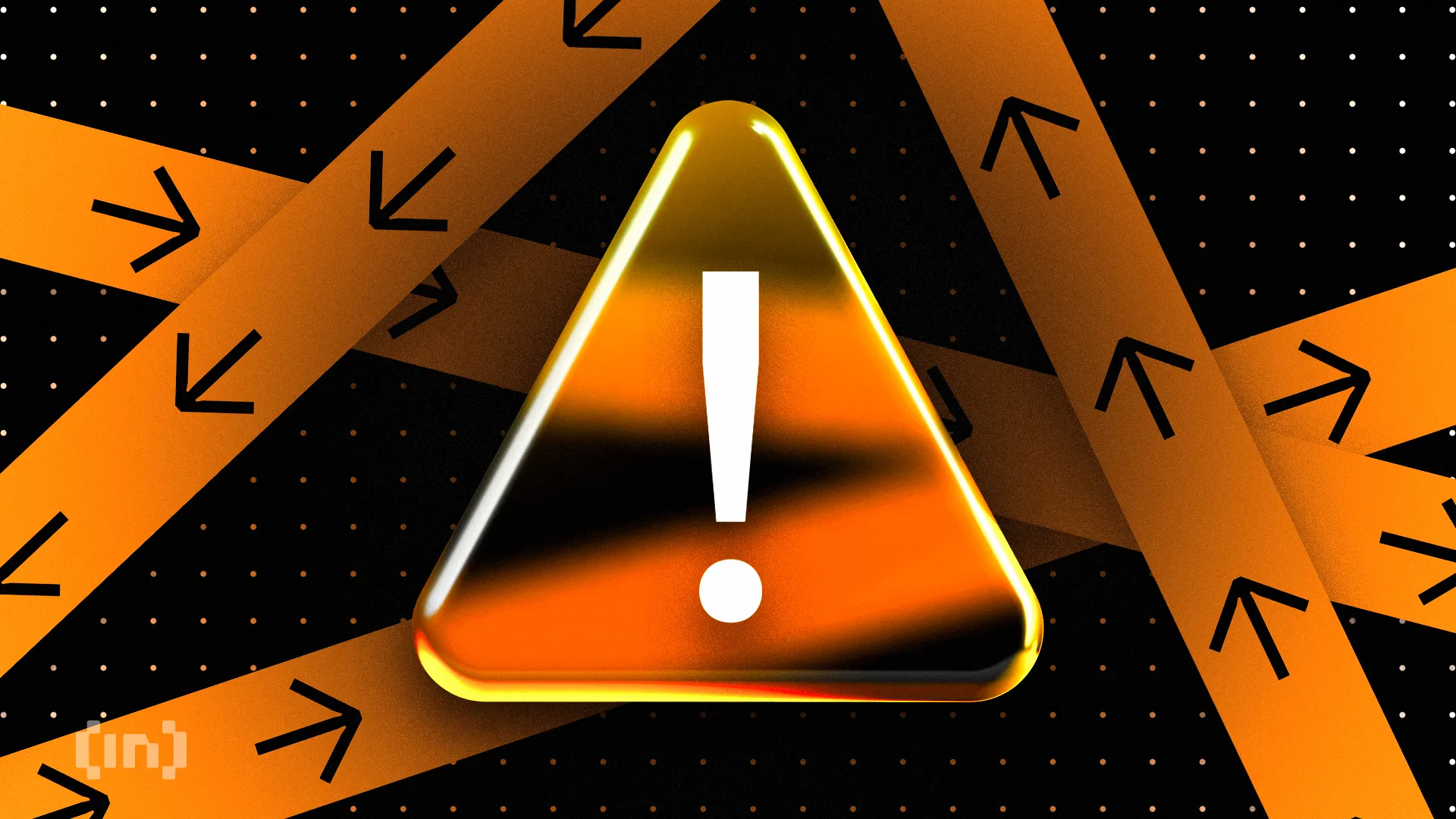
On April 3, Binance announced that it would add a new set of tokens to its monitoring list. These tokens are under closer scrutiny and may face delisting following the upcoming review period.
This move follows the exchange’s aims to increase transparency while offering more clarity regarding the risk levels associated with different cryptocurrencies.
10 Altcoins in Danger of Binance Delisting
As part of this update, the following tokens will be added to the Monitoring Tag list: Ardor (ARDR), Biswap (BSW), Flamingo (FLM), LTO Network (LTO), NKN (NKN), PlayDapp (PDA), Perpetual Protocol (PERP), Viberate (VIB), Voxies (VOXEL) and Wing Finance (WING).
Tokens added to the Monitoring Tag exhibit notably higher volatility and risk compared to other listed tokens. Binance will closely monitor these tokens, with regular reviews to assess their compliance with the platform’s listing criteria.
“Tokens with the Monitoring Tag are at risk of no longer meeting our listing criteria and being delisted from the platform,” Binance said.
Following the announcement, the prices of the mentioned altcoins plummeted by double-digits.
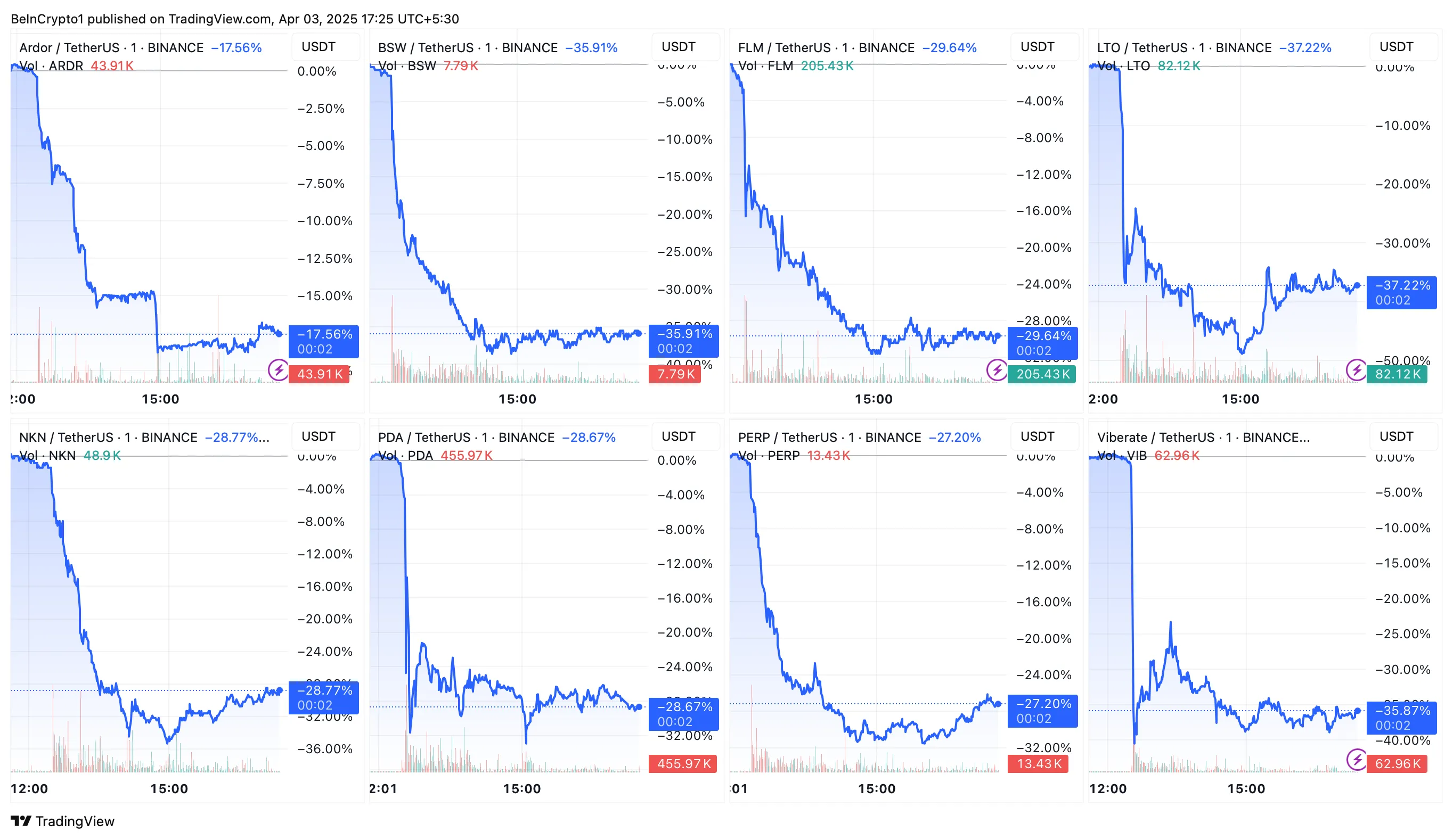
In addition to the new Monitoring Tag additions, Binance will also remove the Seed Tag from Jupiter (JUP), Starknet (STRK), and Toncoin (TON).
Tokens marked with the Seed Tag are those that are still in their early stages of development and have not yet met Binance’s full listing criteria. The removal of the Seed Tag indicates a change in the status of these projects. This suggests that they no longer fit the initial criteria for such a label.
Tokens with the Monitoring Tag or Seed Tag come with inherent risks. Binance ensures that users are well-informed before trading them. To access trading for these tokens, users must pass a risk awareness quiz every 90 days.
The quiz makes sure that users understand the potential risks associated with trading higher-risk tokens. Binance will also display a risk warning banner for these tokens on its Spot and Margin platforms.
Binance will continue to conduct periodic reviews of tokens with the Monitoring Tag and Seed Tag. During these reviews, several factors are taken into account. This includes the project team’s commitment, development activity, token liquidity, and community engagement.
The latest development follows a similar announcement from Binance in March. The exchange routinely delists tokens that fail to keep up with its criteria.
Disclaimer
In adherence to the Trust Project guidelines, BeInCrypto is committed to unbiased, transparent reporting. This news article aims to provide accurate, timely information. However, readers are advised to verify facts independently and consult with a professional before making any decisions based on this content. Please note that our Terms and Conditions, Privacy Policy, and Disclaimers have been updated.
Market
HBAR Foundation Eyes TikTok, Price Rally To $0.20 Possible
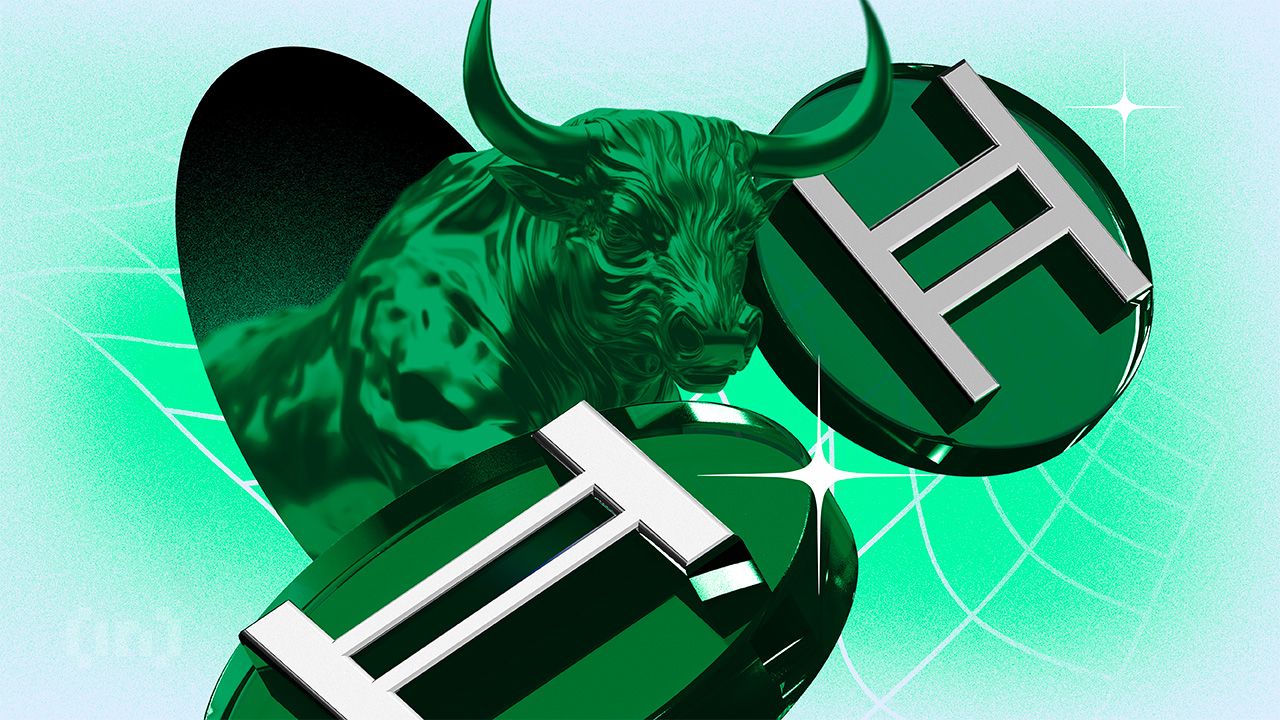
Hedera (HBAR) has faced a downtrend recently, with the crypto asset’s price failing to maintain support at $0.200. This failure to establish a solid base has led to a pullback.
However, key developments within the Hedera ecosystem and shifting investor sentiment could spark a potential price rally in the coming days.
HBAR Foundation Eyes TikTok
After nearly a month of bearish sentiment, investors are beginning to shift their stance towards bullishness. The Hedera Foundation’s recent move to team up with Zoopto for a late-stage bid to acquire TikTok has played a pivotal role in this shift. If the acquisition is approved, the partnership could expose HBAR to a massive audience due to TikTok’s extensive user base, potentially driving up demand and mainstream adoption.
The prospect of this collaboration has reignited interest among investors, sparking optimism about Hedera’s future growth potential. With TikTok’s wide-reaching influence, the strategic partnership could offer Hedera an edge in the competitive crypto market, encouraging further accumulation of HBAR tokens.
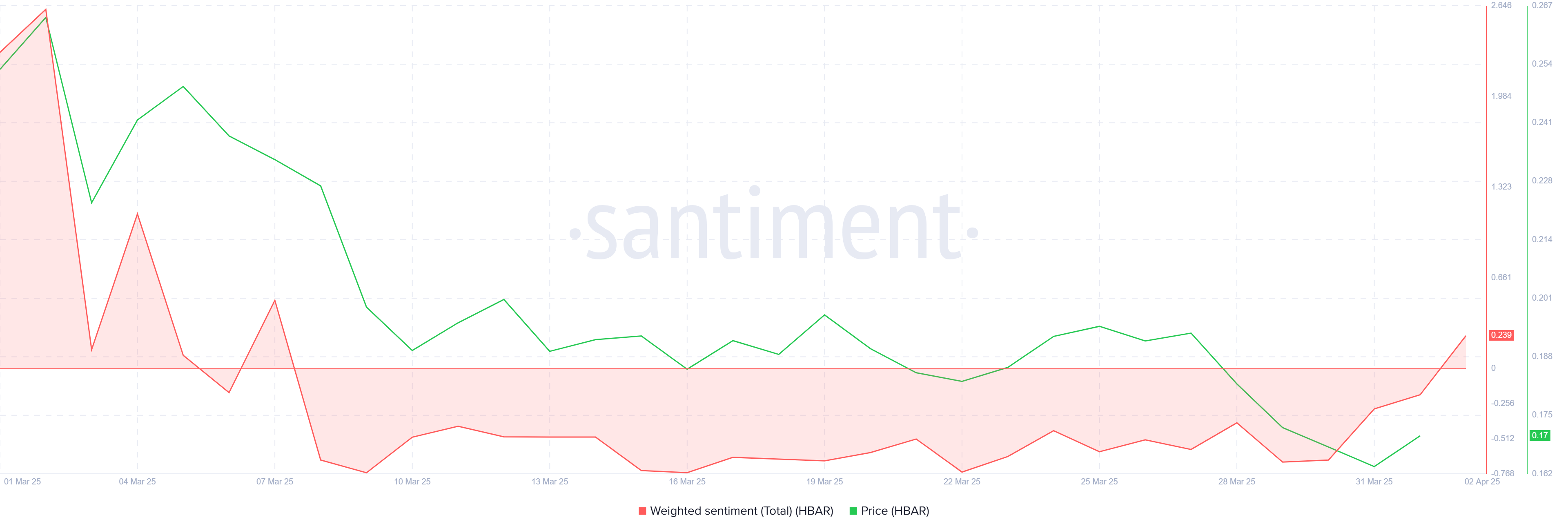
On the technical front, the Chaikin Money Flow (CMF) indicator is showing signs of recovery. The CMF has started to tick upwards, signaling a potential increase in inflows. While it hasn’t yet crossed above the zero line, the growing positive momentum indicates that more capital could be entering the market. Continued inflows could provide the necessary push for HBAR to break through key resistance levels.
The increase in capital flow suggests a strengthening of investor confidence. However, for a sustained rally, more substantial buying pressure will be required to move HBAR above its current price point. If this trend continues, HBAR may see a rise in both investor interest and market value in the near future.
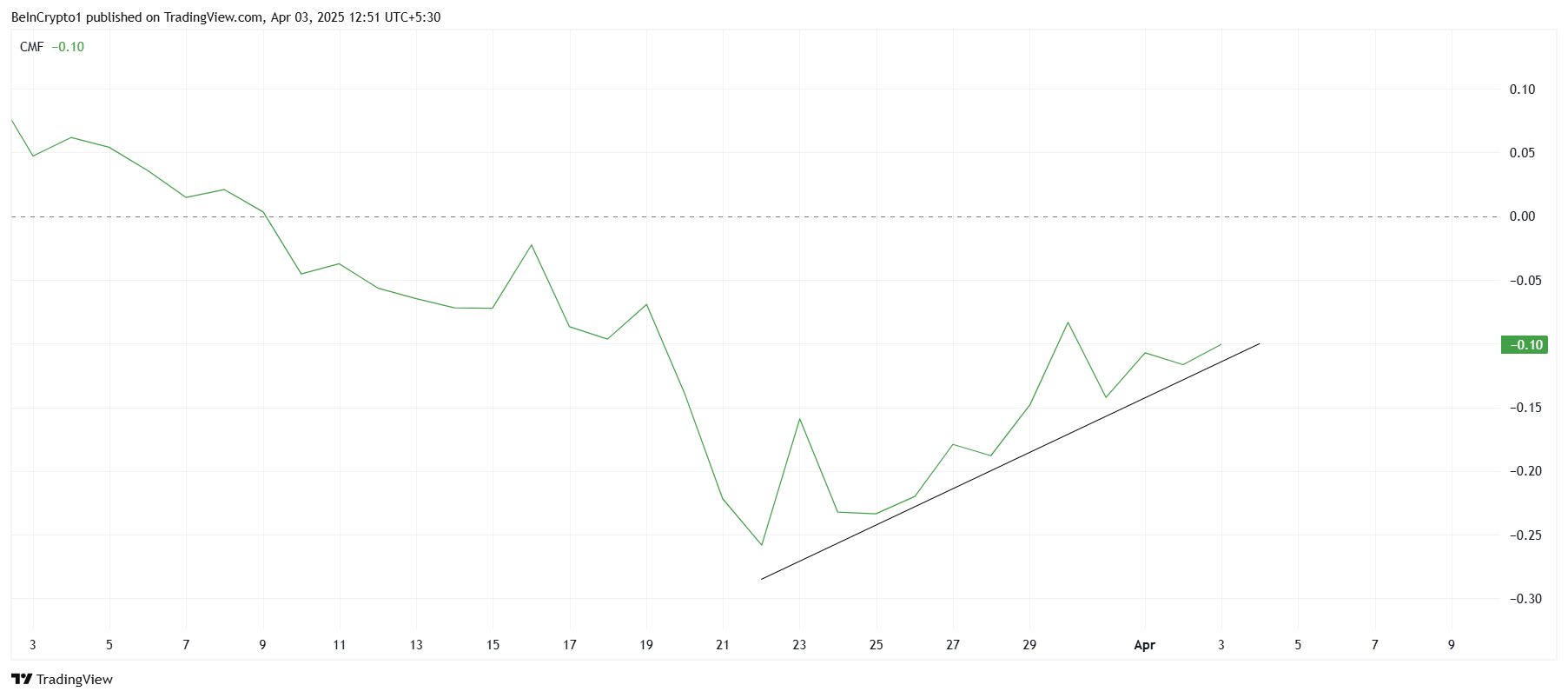
HBAR Price Finds Support
Currently, HBAR is priced at $0.161, just under the key resistance level of $0.165. The next significant resistance lies at $0.197, which has acted as a barrier to HBAR’s price recovery. With a 22% gap between the current price and this resistance, overcoming this hurdle could pave the way for a move toward $0.200.
Given the positive developments surrounding Hedera, it is plausible that HBAR could move toward these resistance levels. If the token can breach $0.165 and then $0.177, the path to $0.197 becomes much clearer. This would mark a critical point for HBAR as it seeks to regain lost ground.
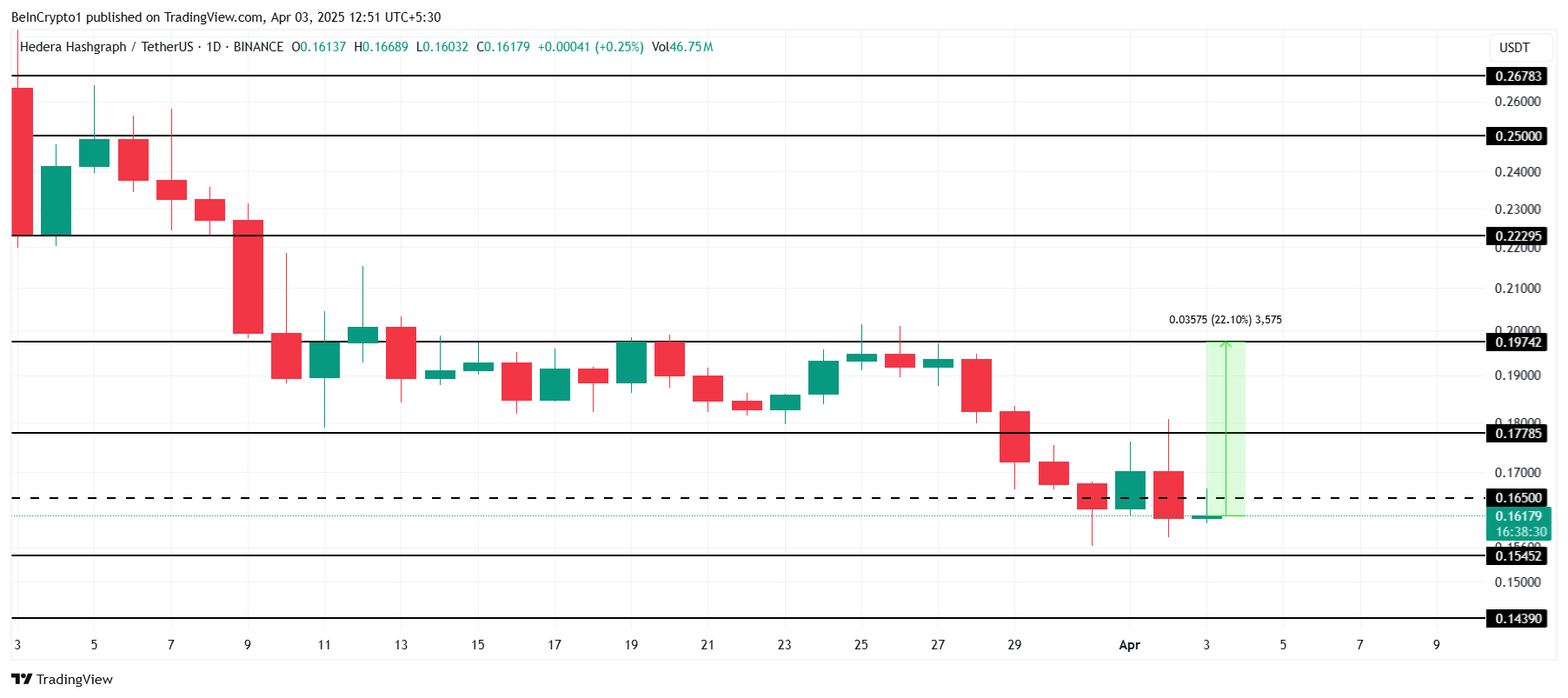
However, if investors decide to take profits and sell before further upward movement, HBAR could fail to breach the $0.177 resistance. Such a scenario could push the price back down towards $0.154 or $0.143, invalidating the bullish outlook and prolonging the consolidation phase.
Disclaimer
In line with the Trust Project guidelines, this price analysis article is for informational purposes only and should not be considered financial or investment advice. BeInCrypto is committed to accurate, unbiased reporting, but market conditions are subject to change without notice. Always conduct your own research and consult with a professional before making any financial decisions. Please note that our Terms and Conditions, Privacy Policy, and Disclaimers have been updated.
Market
IP Token Price Surges, but Weak Demand Hints at Reversal

Story’s IP is today’s top-performing asset. Its price has surged 5% to trade at $$4.37 at press time, defying the broader market’s lackluster performance.
However, despite the price uptick, the weakening demand for the altcoin raises concerns about its rally’s sustainability.
IP Price Rises, But Falling Volume Signals Weak Buying Momentum
IP’s daily trading volume has plummeted by 7% over the past 24 hours despite the token’s price surge. This forms a negative divergence that hints at the likelihood of a price correction.
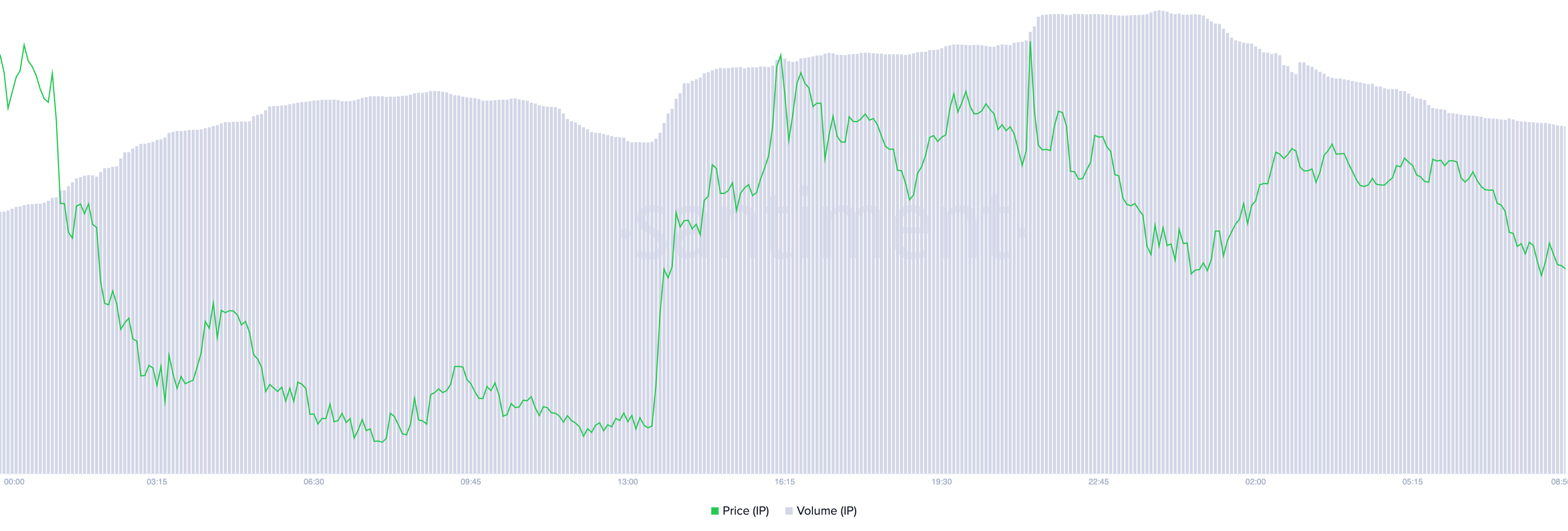
A negative divergence emerges when an asset’s price rises while trading volume falls. It suggests weak buying momentum and a lack of strong market participation.
This indicates that the IP rally may not be sustainable, as fewer traders are backing its upward move. Without sufficient volume to reinforce the price increase, the altcoin is at risk of a potential reversal or correction.
Further, IP’s Moving Average Convergence Divergence (MACD) setup supports this bearish outlook. As of this writing, the token’s MACD line (blue) rests below its signal line (orange), reflecting the selling pressure among IP spot market participants.
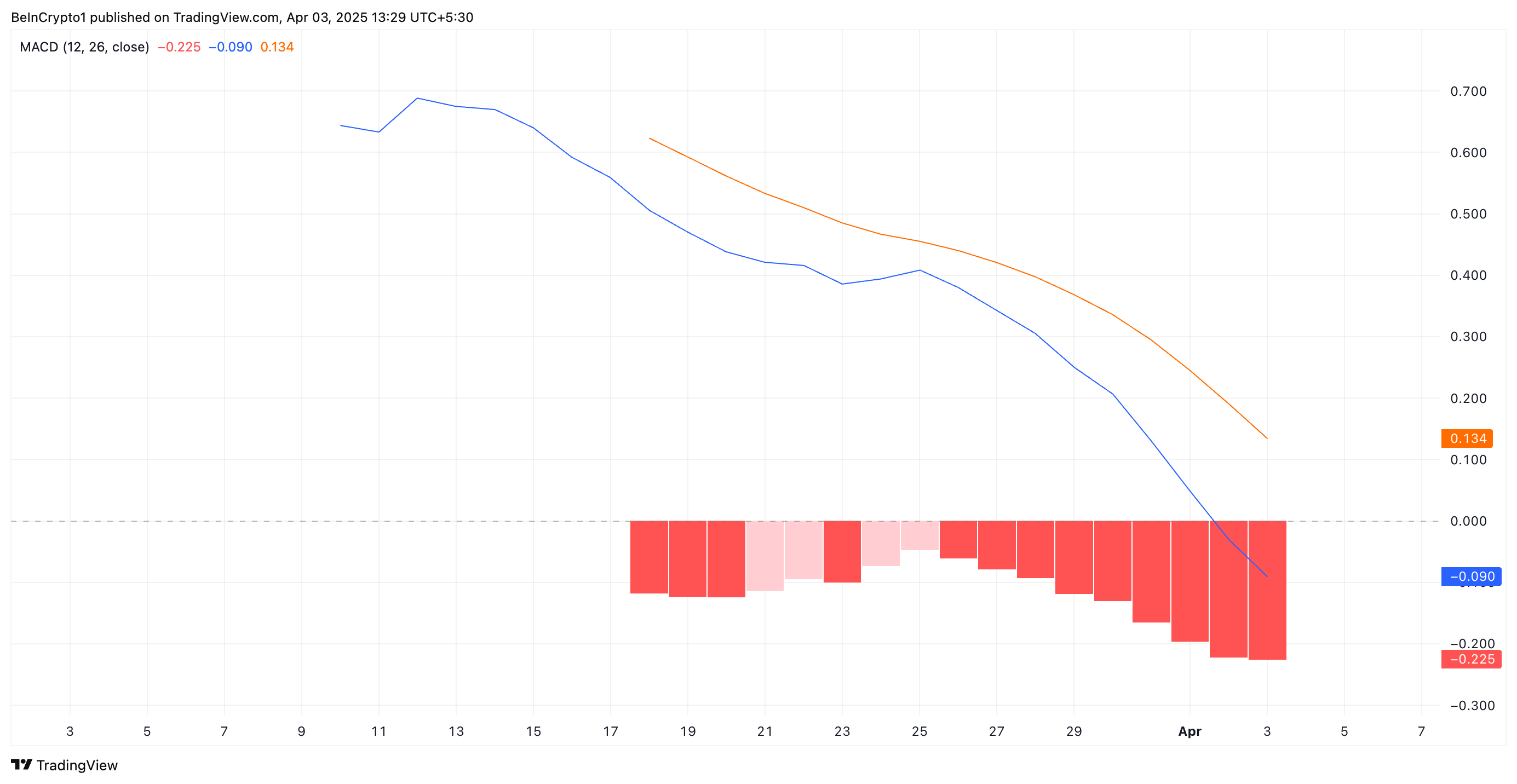
The MACD indicator measures an asset’s trend direction and momentum by comparing two moving averages of an asset’s price. When the MACD line is below the signal line, it indicates bearish momentum, suggesting a potential downtrend or continued selling pressure.
If this trend persists, IP’s recent 5% price surge may lose steam, increasing the likelihood of a short-term correction.
IP’s Bearish Structure Remains Intact – How Low Can It Go?
On the daily chart, IP has traded within a descending parallel channel since March 25. This bearish pattern emerges when an asset’s price moves within two downward-sloping parallel trendlines, indicating a consistent pattern of lower highs and lower lows.
This pattern confirm’s IP prevailing downtrend, suggesting continued bearish pressure unless a breakout above resistance occurs.
If the downtrend strengthens, IP’s price could break below the lower trend line of the descending parallel channel and fall to $3.68.
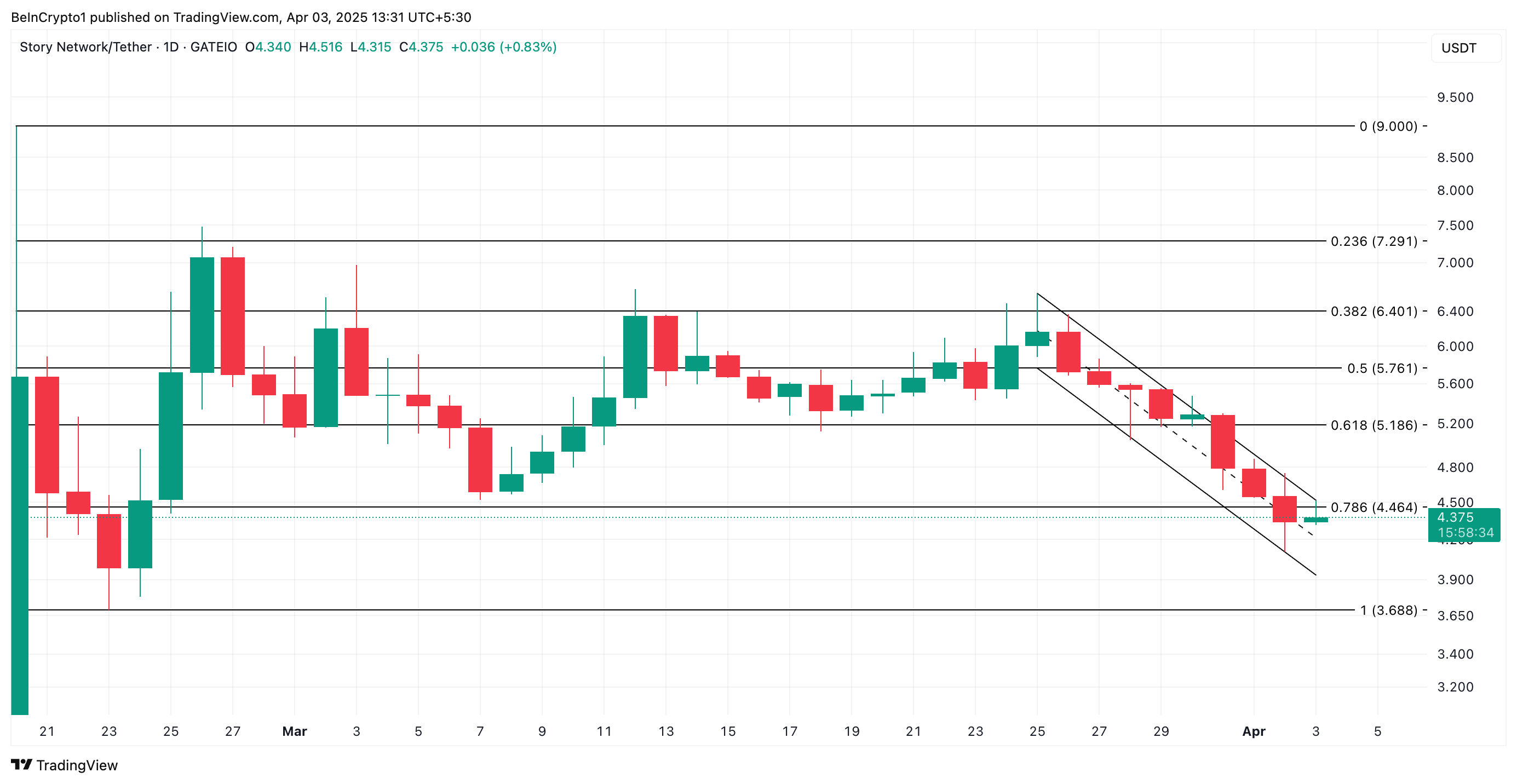
On the other hand, if the altcoin witnesses a spike in new demand, it could break above the bearish channel and rally toward $5.18.
Disclaimer
In line with the Trust Project guidelines, this price analysis article is for informational purposes only and should not be considered financial or investment advice. BeInCrypto is committed to accurate, unbiased reporting, but market conditions are subject to change without notice. Always conduct your own research and consult with a professional before making any financial decisions. Please note that our Terms and Conditions, Privacy Policy, and Disclaimers have been updated.
-
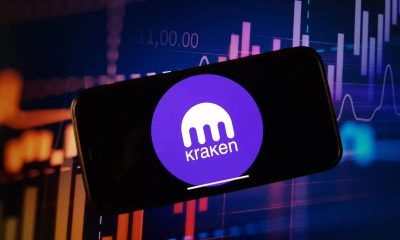
 Regulation23 hours ago
Regulation23 hours agoKraken Obtains Restricted Dealer Registration in Canada
-

 Altcoin19 hours ago
Altcoin19 hours agoHere’s Why This Analyst Believes XRP Price Could Surge 44x
-
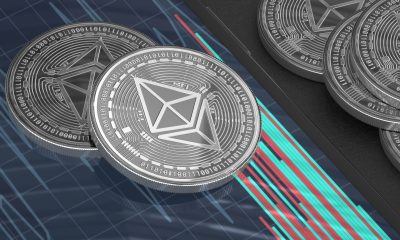
 Ethereum17 hours ago
Ethereum17 hours agoWhy A Massive Drop To $1,400 Could Rock The Underperformer
-

 Altcoin18 hours ago
Altcoin18 hours agoHow Will Elon Musk Leaving DOGE Impact Dogecoin Price?
-
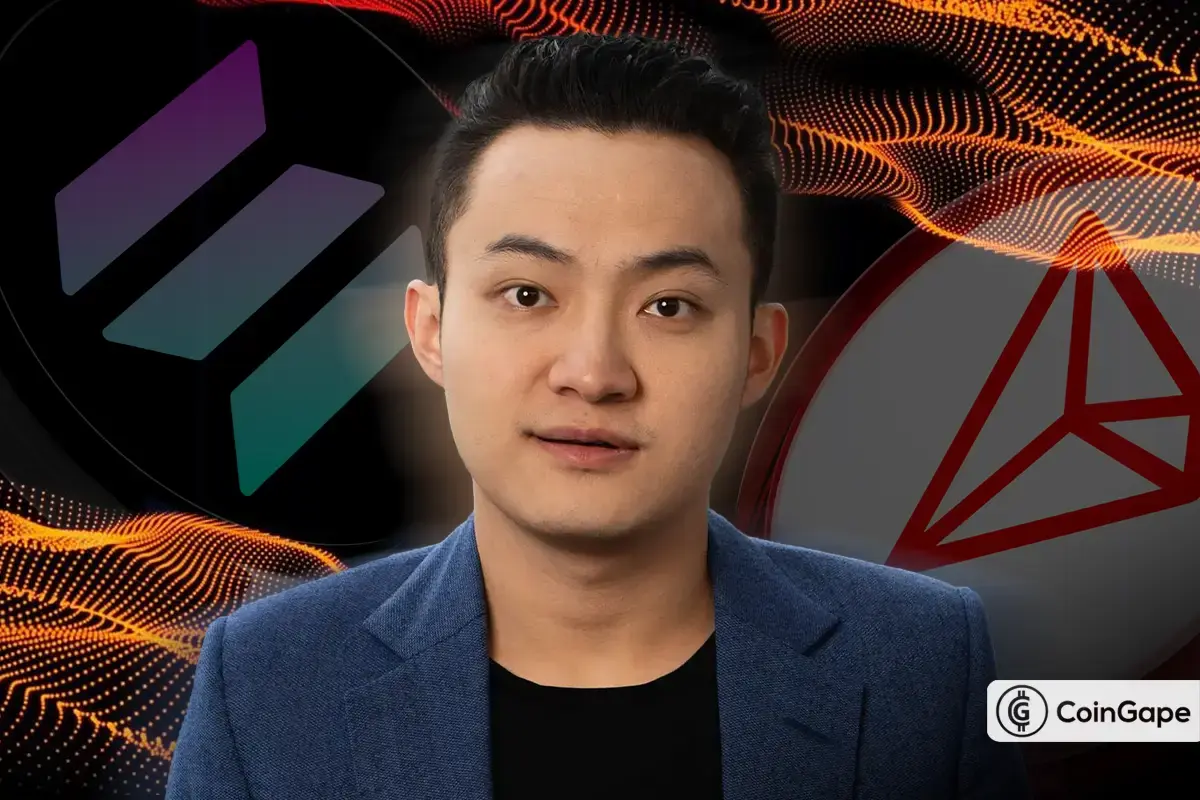
 Altcoin15 hours ago
Altcoin15 hours agoFirst Digital Trust Denies Justin Sun’s Allegations, Claims Full Solvency
-
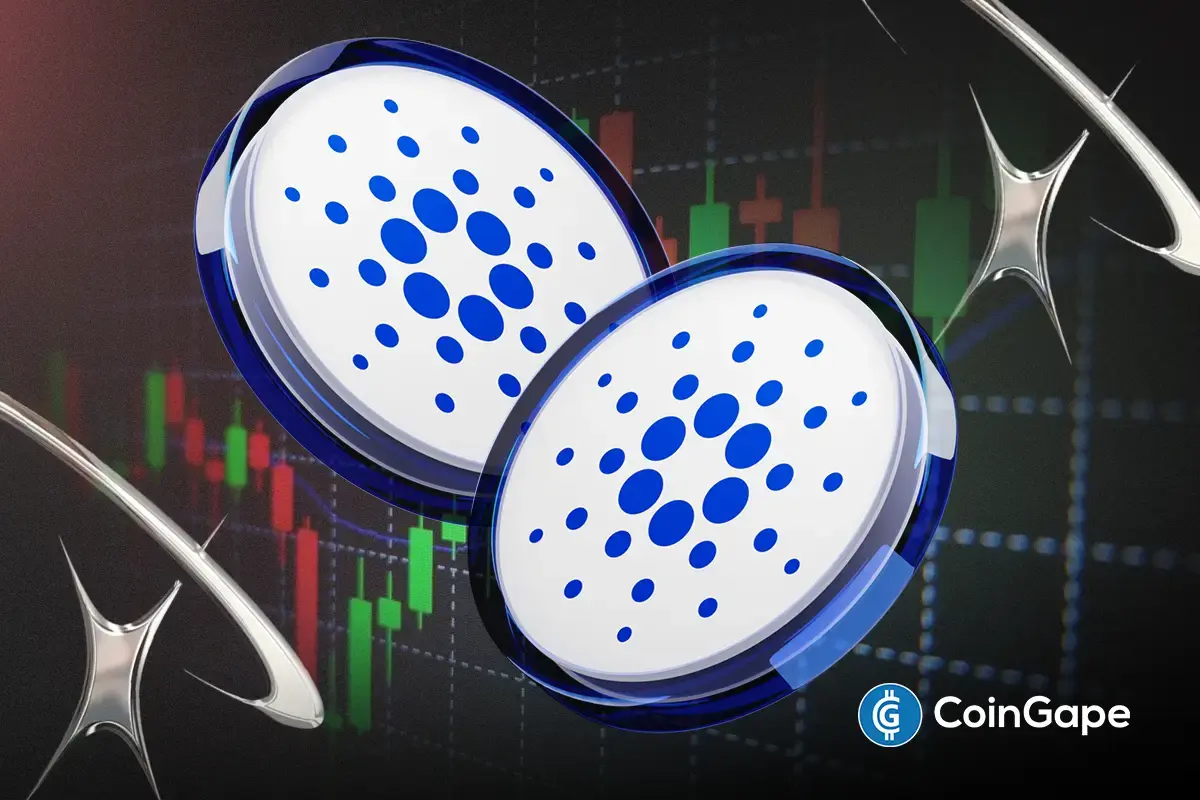
 Altcoin16 hours ago
Altcoin16 hours agoWill Cardano Price Bounce Back to $0.70 or Crash to $0.60?
-

 Altcoin8 hours ago
Altcoin8 hours agoAnalyst Forecasts 250% Dogecoin Price Rally If This Level Holds
-

 Market7 hours ago
Market7 hours agoCardano (ADA) Downtrend Deepens—Is a Rebound Possible?



